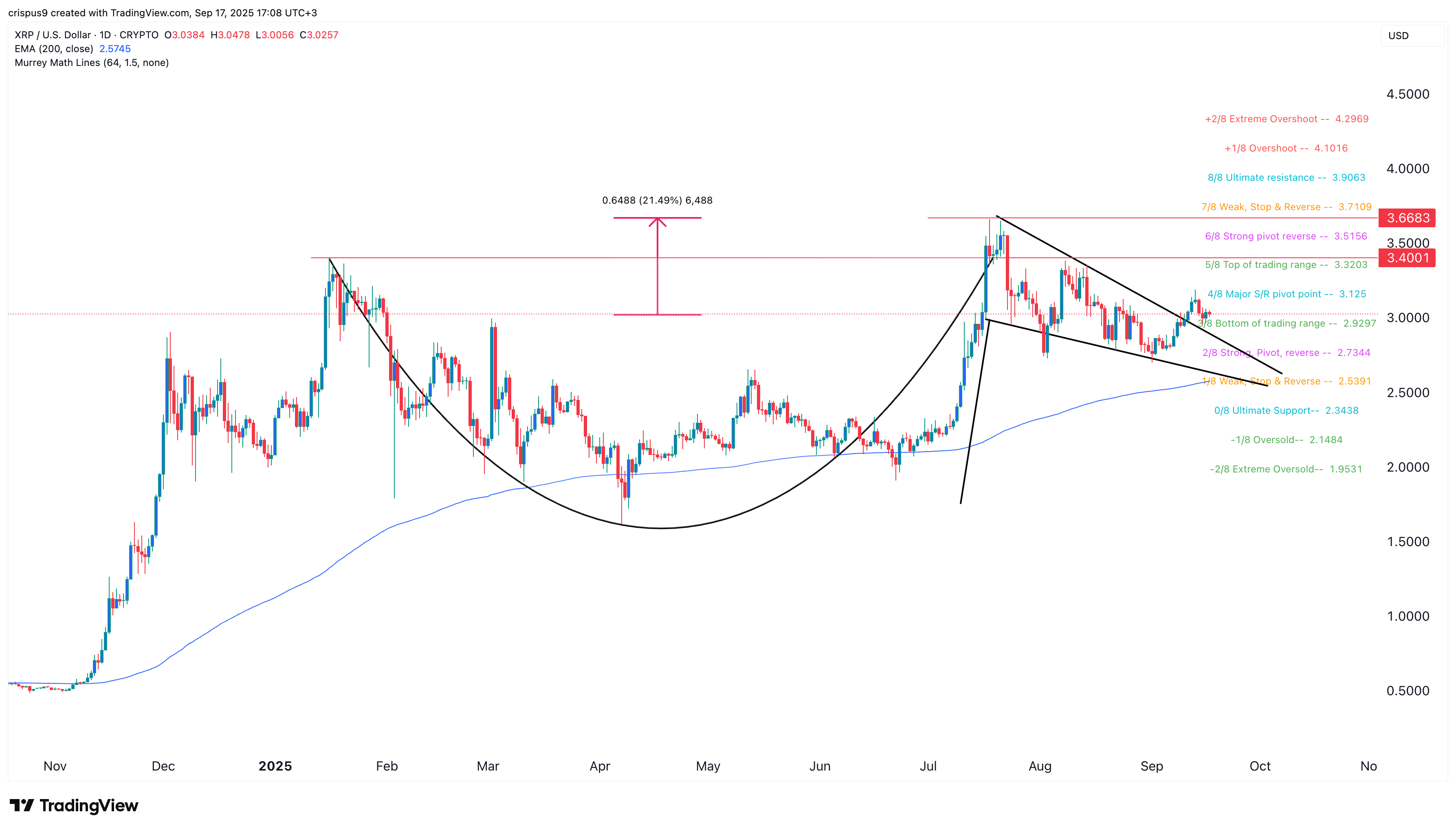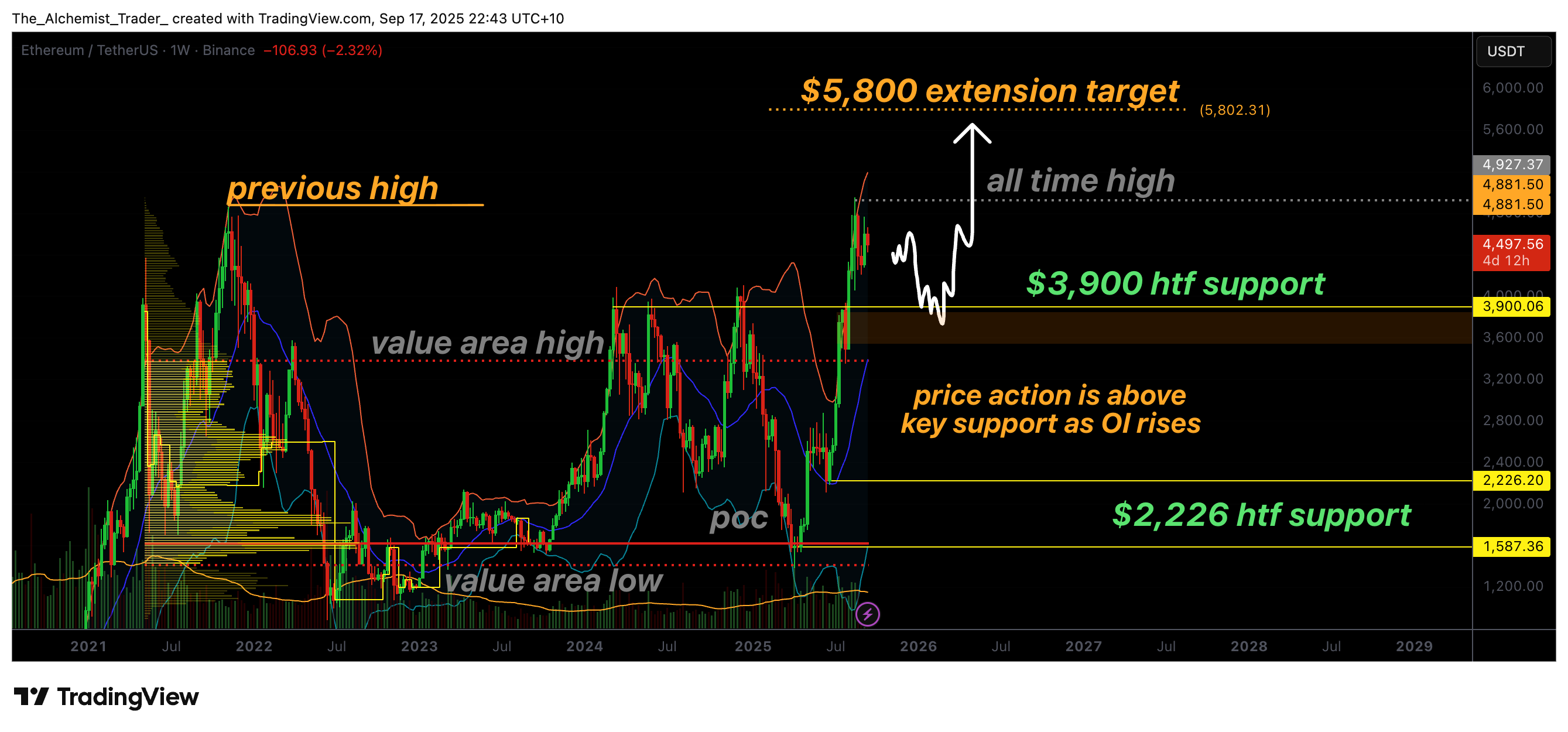Why a memecoin nearly broke the Toncoin blockchain?

The TON blockchain went down twice within 36 hours due to an unexpected spike in transaction volumes driven by the sudden popularity of a new memecoin called DOGS. The heavy traffic caused by DOGS transactions overwhelmed the network, leading to concerns about the blockchain’s capacity to handle high volumes of activity and its overall stability.
The TON blockchain recently faced two significant outages, both linked to the sudden release and popularity of the DOGS memecoin. The first disruption occurred on 27 August 2024, when block production halted at 23:00 UTC and did not resume until 05:30 UTC on 28 August, leading to a six-hour downtime. The second disruption began on 28 August 2024 at 19:19 UTC, lasting over four hours.
Both outages were triggered by the overwhelming demand generated by the DOGS token, which led to a massive increase in transaction volume on the network. In just 48 hours, TON processed a staggering 20 million transactions, overwhelming the system to the point of breaking the blockchain. The DOGS memecoin, inspired by Telegram’s mascot Spotty, launched a large airdrop that caused congestion, and the heavy load from the token minting further strained the network during the second disruption.
Several validators were unable to clean the database of old transactions, which means they struggled to remove outdated transaction data effectively. The inability to clean up the database led to a loss of consensus among validators, as they couldn’t process new transactions correctly or maintain synchronized records of the blockchain’s state.
The underlying issue with the Toncoin network, such as many blockchain networks, relates to scalability challenges, particularly with sharding. When a blockchain network uses sharding to scale, it splits the network into smaller parts called “shards.” Each shard handles a portion of the overall transactions, which helps the network process more transactions at once.
However, shards need to communicate with each other to stay in sync. For example, if one shard processes a transaction that affects data in another shard, the two shards must exchange messages to update their records accordingly. The messages ensure that all shards have the correct and up-to-date information.
When there isn’t much activity on the network, the communication works fine. However, during high traffic, when many transactions are happening simultaneously, the number of messages exchanged between shards increases dramatically. Processing all the messages becomes overwhelming for the network, leading to delays, slowdowns, or even failures in keeping the shards synchronized. As a result, the system is unsustainable, as the network can’t handle the volume of communication required to keep everything running smoothly.
The concept of execution isolation offers a more efficient solution to the problem. Instead of constantly communicating between different parts of the network (shards), execution isolation allows each part to handle its own transactions independently. This reduces the need for constant back-and-forth communication, which can slow things down when there’s a lot of activity.
Appchains, also known as application-specific blockchains, take this idea even further. They are specialized blockchains designed for specific tasks or applications. By focusing on just one type of activity, appchains can manage traffic more effectively and avoid the issues that come from trying to do everything at once on a single network. Examples of appchains include Polkadot Parachains, Cosmos Zones, Near Protocol Sharded Chains, Polygon Supernets, and Avalanche Subnets.
Disclosure: This article does not represent investment advice. The content and materials featured on this page are for educational purposes only.




